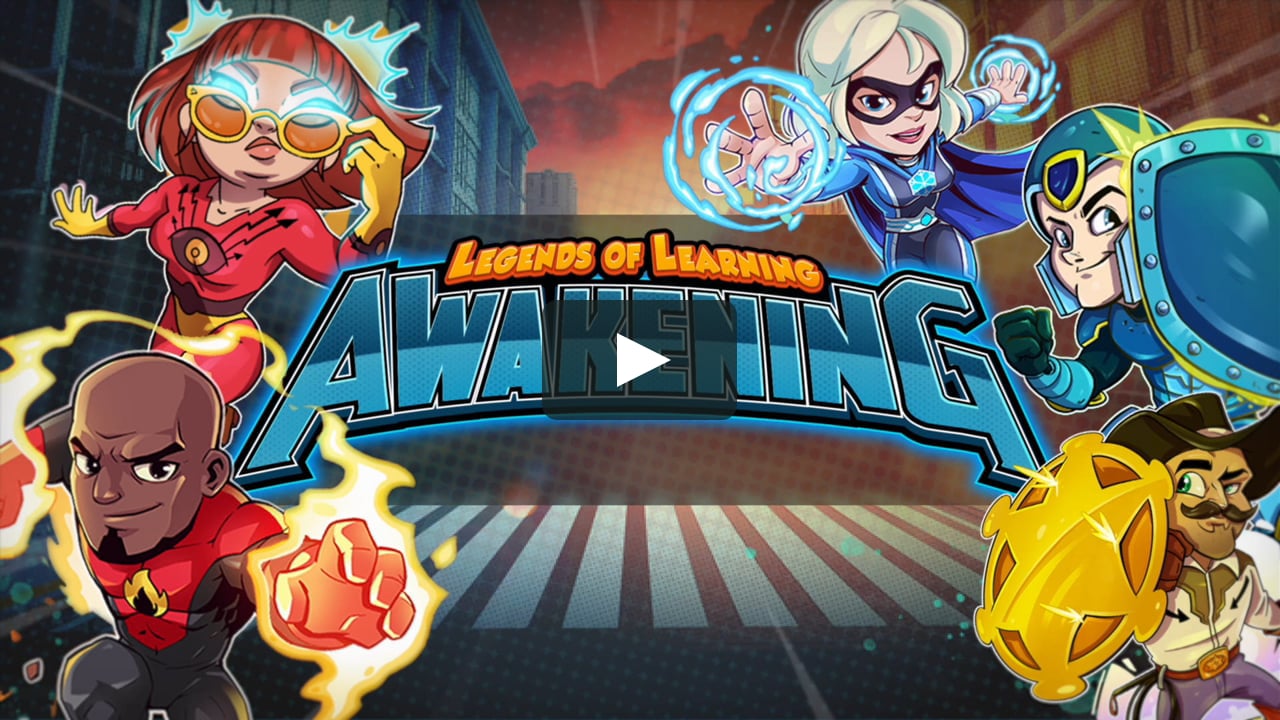
Math Slither is a game where you control a snake. You must eat any food you see as you move. This will increase the strength and size of your snake. You can gain points and bonuses by attacking other snakes. To progress to the next level of the game, you must correctly use the controls.
Snake games
These are not your usual snake games. You can use your mouse control your snake's head to navigate through these educational snake games. Some games require you to solve an equation to continue playing. To pass the levels, you need to find the right answer.
Snake by Coolmath Games (one of these games) Clicking the mouse or touching your screen will play the game. The goal is to collect the golden circles and stay away from the higher-numbered blocks.

Common Core-aligned games in math
Using Common Core-aligned math games can improve students' understanding of math concepts and strengthen their skills. The games can be used at all grades and are easy to understand. These games can be used in class by teachers or as motivational exercises to motivate students to study math. The games are also free to use.
There are many Common Core-aligned Math games available. These games include games that teach students the structure and meanings of numbers as well as games that allow them to practice on a daily basis. For example, the Prodigy Math Game incorporates activities from the Common Core math curriculum, allowing students to solve math problems each day. Students can also create exotic pets and complete challenges. They can also access teacher tools that allow them to assign and set homework.
To make a slithering game, use the electric grid
It's a fun way to make math interesting. As a snake, you will eat numbers and avoid collisions. This game is similar to traditional snake games in that it avoids collisions with snakes, gives you enough energy to eat, and prevents other snakes from eating you.
You will need to ensure that each loop has at least two lines connecting. Two adjacent 1s cannot be on the same side of the grid. If you have two 1s on the same side of the grid, for example, you will need to draw an "X" on each one. If there are two 1s adjacent to one another, you will also need to X-out a line.

Your mouse can be used to control the snake's head
You can control the head of the snake using your keyboard or mouse to make it move in any direction that you choose. The arrow keys are used to move the snake's head. The arrow keys will move the snake's head in any direction, but you can also use the arrow keys to move the snake in different directions. The frame rate will affect the game state. This can cause the snake to collapse or move in the PLAYING phase. To fix this issue, you can use the time functions in the game.
FAQ
How much does homeschooling cost?
Homeschooling comes with no fees. Some families charge between $0-$20 per lesson. Other families offer free services.
However, homeschooling requires dedication and commitment. Parents must make time for their children.
They should also have easy access to books, supplies, as well as other learning tools. Many homeschoolers need to access community programs and events to complement their curriculum.
Parents must think about the cost of transport, tutoring, and other extracurricular activities.
Homeschoolers should also plan ahead for vacations, field trips, and special occasions.
What is the purpose and function of education?
Education should provide students with skills that will help them find work. It is not only an academic pursuit, but also a social activity in which children can learn from each other and gain confidence through participating in sports, music, or art. It is all about teaching students how to think critically, and how to create so they can be independent and self-reliant. What does it take to achieve high educational standards
A good education system is one that helps all students achieve their potential. They set clear goals that teachers and pupils work towards. Good education standards allow schools to be flexible enough for changing needs. Equal opportunity for all children, regardless of background, must be provided.
What do you need to become a teacher in early childhood?
The first step is to decide if you are interested in a career as an early childhood educator. A bachelor's degree is required if you are interested in a career as an early childhood educator. Some states require that students earn a master’s degree.
You will also likely need to attend classes during the summer months. These courses cover topics such as pedagogy (the art of teaching) and curriculum development.
Many colleges offer associate degrees which lead to teaching certificates.
While some schools offer certificates or bachelor's degrees in early childhood education, others only offer diplomas.
Additional training may not be necessary if you intend to teach at home.
What is the difference of a college and university?
A university is an institution that offers higher education. It offers both undergraduate and graduate courses in many fields.
A college is usually smaller than a university and has a lower reputation. While it may offer fewer programs, many colleges have their own specialist departments.
Statistics
- Among STEM majors, that number is 83.5 percent. (bostonreview.net)
- Globally, in 2008, around 89% of children aged six to twelve were enrolled in primary education, and this proportion was rising. (en.wikipedia.org)
- These institutions can vary according to different contexts.[83] (en.wikipedia.org)
- Data from the Department of Education reveal that, among 2008 college graduates, 92.8 percent of humanities majors have voted at least once since finishing school. (bostonreview.net)
- And, within ten years of graduation, 44.1 percent of 1993 humanities graduates had written to public officials, compared to 30.1 percent of STEM majors. (bostonreview.net)
External Links
How To
What is vocational training?
Vocational education is an educational program that prepares students to work after high school and college. It teaches them specific skills for specific jobs (such as welding). It also includes on-the-job training in apprenticeship programs. Vocational education is different from general education in that it prepares individuals for specific career paths rather than acquiring broad knowledge for future uses. Vocational education does not prepare students for university, but it helps them find work after graduation.
Vocational education may be provided at all levels of schooling, including primary schools, secondary schools, colleges, universities, technical institutes, trade schools, community colleges, junior colleges, and four-year institutions. In addition, there are many specialized schools such as culinary arts schools, nursing schools, law schools, medical schools, dental schools, veterinary medicine schools, firefighting schools, police academies, military academies, and other military schools. These schools offer both practical and academic training.
Over the last decade, several countries have made significant investment in vocational education. It is still controversial whether vocational education is effective. Some critics believe it doesn't help students get hired, while others claim that it helps prepare them for life after high school.
The U.S. Bureau of Labor Statistics estimates that 47% of American adults possess a postsecondary certificate, or degree related to current occupation. This figure is higher among those with more education: 71% of workers aged 25-29 with a bachelor's degree or higher are currently employed in fields requiring postsecondary credentials.
According to the BLS in 2012, almost half of Americans had at the least one type of postsecondary credential. Around one-third of Americans hold a two or four-year associate degree. One out of five Americans held a master's degree or doctorate.
The median annual wage for individuals with a bachelor's in 2013 was $50,000. This was compared to $23,800 when they had no degree. The median wage for advanced degrees holders was $81,300.
For those who did not complete high school, the median wage was only $15,200. A person with a lower high school diploma earned $13,000 annually.